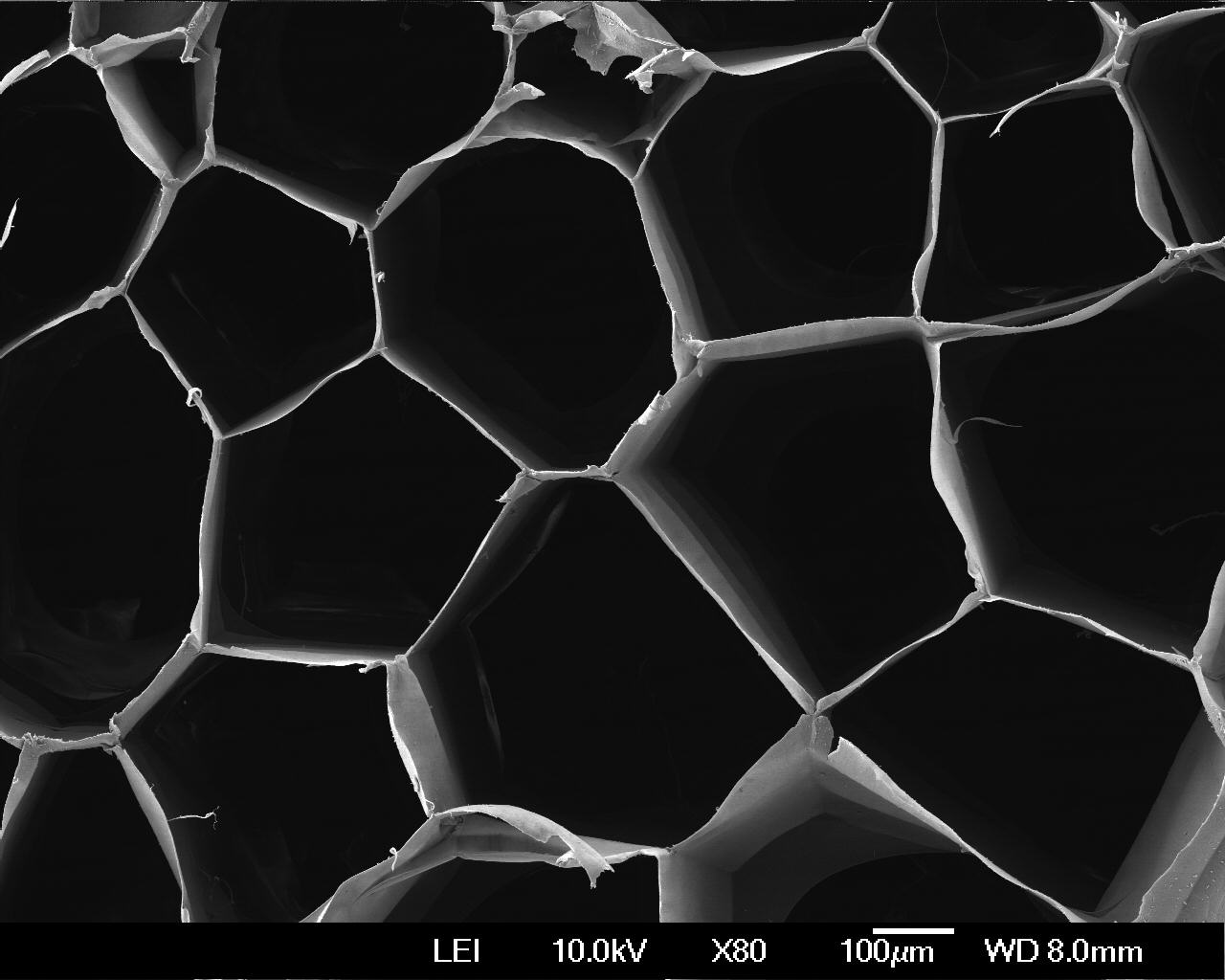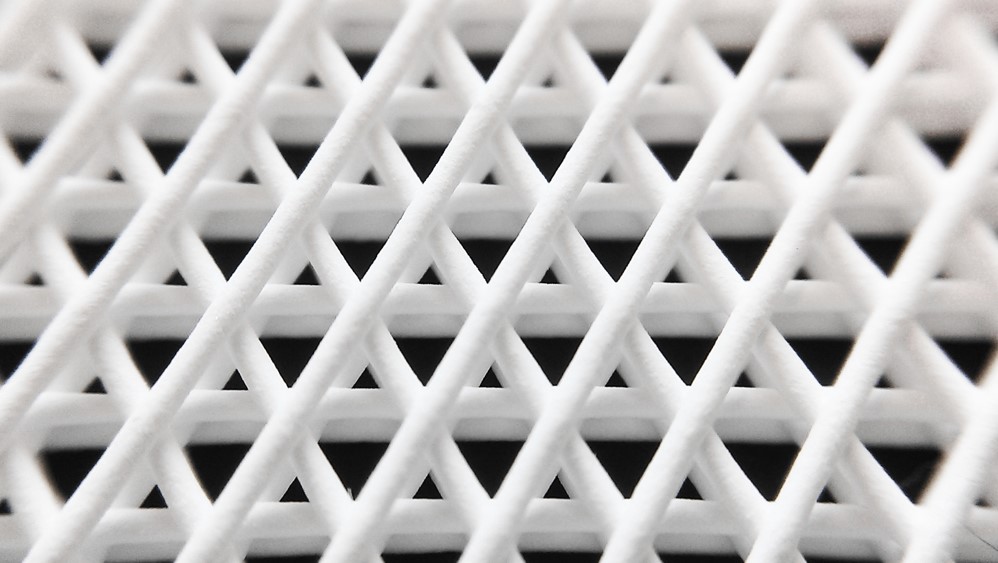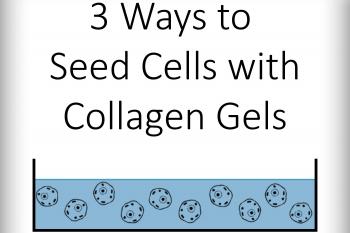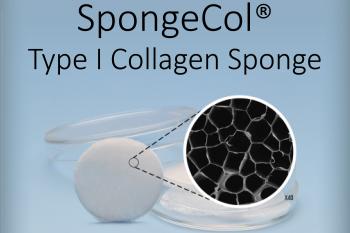Reagents
Importance of 3D Scaffolds
Three-dimensional (3D) scaffolds are useful in a wide variety of cell culture and tissue engineering applications. Tissue engineering commonly encompass the use of three-dimensional (3D) scaffolds to provide a suitable microenvironment for the incorporation of cells or growth factors to generate tissues or organs.
These scaffolds serve to mimic the actual in vivo microenvironment where cells interact and behave according to the mechanical cues obtained from the surrounding 3D environment. Hence, the material properties of the scaffolds are vital in determining cellular response and fate. These 3D scaffolds are generally highly porous with interconnected pore networks to facilitate nutrient and oxygen diffusion and waste removal.
SpongeCol® Type I Collagen Sponge
SpongeCol® is our most widely used 3D scaffold. SpongeCol® is a collagen sponge with an interpenetrating, columnar porous network which permits cells and nutrients to flow completely through the pores and provides an increased surface area for cell attachment, growth and migration.
SpongeCol® is composed of highly purified Type I collagen which best supports the attachment, proliferation, and function of cells.
(Right) SpongeCol® Type I Collagen Sponge SEM demonstrating columnar pore architecture with an average pore size of
~200 um.

Electrospun Gelatin
Another 3D scaffold we provide includes electrospun gelatin discs. Electrospinning techniques are employed to create a construct with a unique structure suitable as a biomimetic three-dimensional (3D) scaffold.
The product contains overlaid electrospun filaments creating a porous network, which permits cells and nutrients to flow completely through the pores and provides an increased surface area for cell attachment, growth and migration.
Electrospun Gelatin Discs are lightly cross-linked for increased mechanical strength and durability for short and long-term tissue culture experiments, yet is still biodegradable over the longer-term.
(Right) Electrospun gelatin discs have an average filament diameter typically ranges from 500 nm to 1.5 microns.

CytoForm 3D Printed Scaffolds
Other 3D scaffolds include CytoForm® 3D printed scaffolds consisting of various materials. These various scaffolds have a number of features conducive to tissue engineering such as biocompatible, bioactive, highly absorbent, electrically conductive, synthetic and high compressive and mechanical strengths.
(Right) 3D Hyper-elastic bone scaffold where every other layer is offset in the X and Y by 0.5mm to provide optimal cell-seeding surface area.







